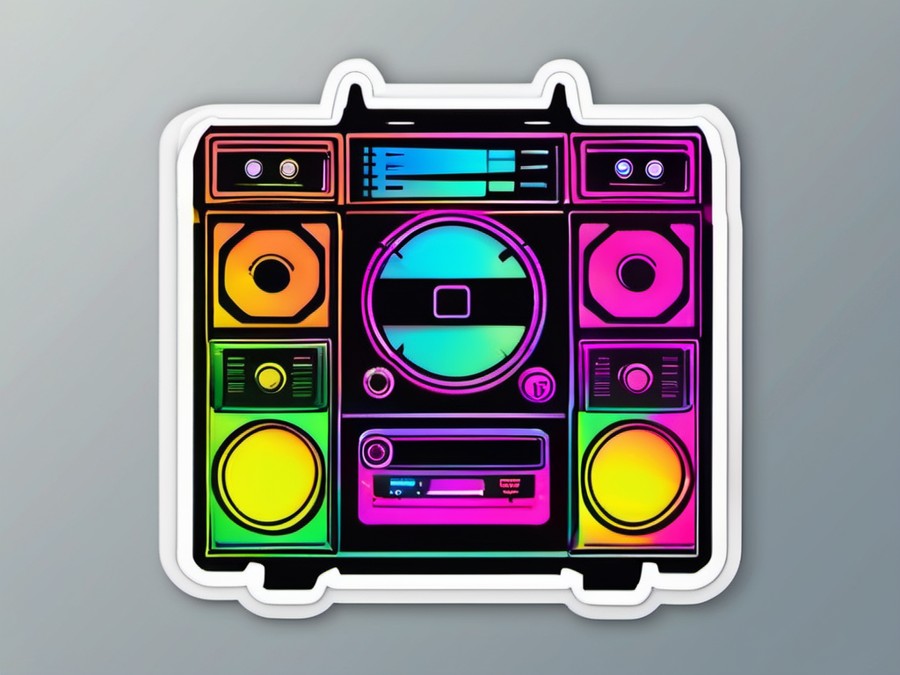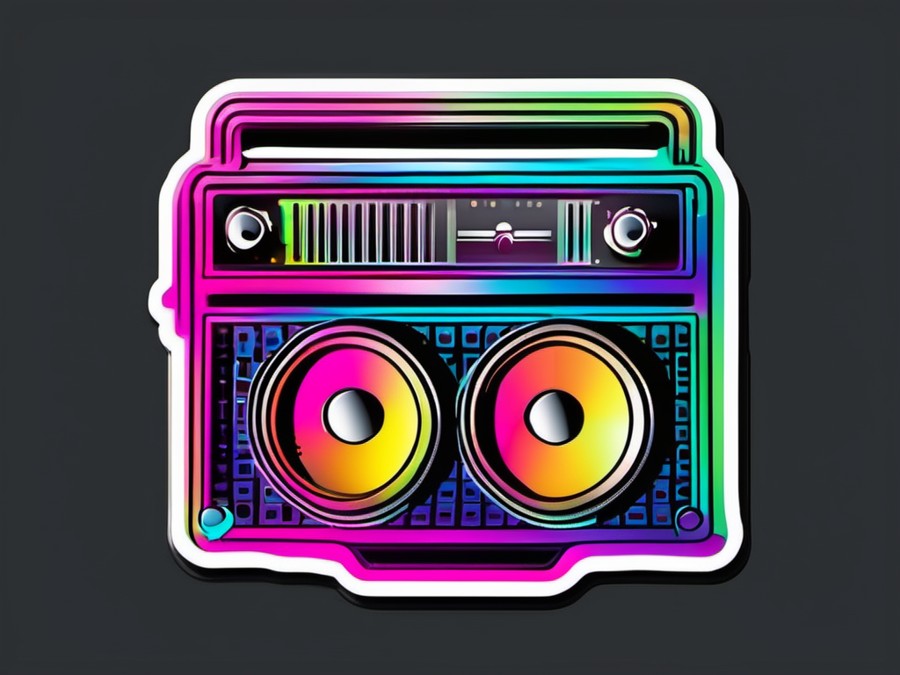· Charlotte Will · Vehicle Audio & Video Installation · 6 min read
What is a Head Unit and How to Install One in Your Car?
Discover how to enhance your car audio experience by installing a new head unit. Learn about types of head units, key features to look for, and step-by-step installation tips. Upgrade your car stereo with confidence!

Introduction
Welcome to the world of car audio upgrades! If you’re reading this, you’re probably looking to enhance your driving experience with a new head unit. But what exactly is a head unit? And how do you go about installing one in your car without causing any damage or losing precious time? This guide will walk you through everything you need to know, from understanding the basics to executing a seamless installation. Let’s dive in!
Understanding the Head Unit
What is a Head Unit?
Simply put, the head unit is the brain of your car’s entertainment system. It’s where you control your audio, navigation, and sometimes even climate settings. If you’re upgrading your car stereo, the head unit is where it all starts.
Types of Head Units
Head units come in two main sizes: Single DIN and Double DIN. Single DIN units are typically 2 inches tall, while Double DIN units are 4 inches tall. The size you need depends on your car’s dashboard layout. Most modern cars use Double DIN units due to their larger screens and more features.
Key Features to Look For
When shopping for a new head unit, consider the following features:
- Bluetooth Connectivity: Essential for hands-free calling and streaming audio from your phone.
- Touchscreen Size: Larger screens offer better visibility and more control options.
- Navigation System: Built-in GPS can be a lifesaver for those who frequently travel or prefer not to use their phones.
- USB and Aux Inputs: For connecting external devices like USB drives or smartphones.
- HD Radio and SiriusXM: For expanded radio options.
Benefits of Upgrading Your Head Unit
Upgrading your head unit can bring numerous benefits:
- Enhanced Audio Quality: Modern units offer better sound processing and more powerful amplifiers.
- Modern Features and Functionalities: From touchscreens to app integration, new head units come with a plethora of features.
- Ease of Use: User-friendly interfaces make it simpler to control your car’s entertainment system.
Preparing for Installation
Gathering the Necessary Tools
Before you begin, make sure you have all the right tools:
- Screwdrivers: Both flathead and Phillips.
- Pliers: For gripping wires and connectors.
- Wire Strippers: To expose wire ends if needed.
- Additional Tools: Depending on your car, you might need trim panel removal tools or other specialized equipment.
Choosing the Right Head Unit
Ensure that your new head unit is compatible with your car model. Most units come with installation guides specific to various makes and models, which can be extremely helpful.
Purchasing Additional Equipment
Depending on your car and the unit you choose, you might need additional equipment:
- Wiring Harness Adapter: These ensure that the wires from your old unit match up with those on your new one.
- ISO Connector: If your car uses an ISO connector, you’ll need an adapter for the new head unit.
Removing the Old Head Unit
Safety First
Disconnect the negative terminal of your car battery before starting any work. This prevents short circuits and potential electrical damage.
Accessing the Dashboard
Remove any trim panels or covers that hide your dashboard. You might need to remove screws holding these in place. Consult your car’s manual for specific instructions.
Disconnecting the Old Head Unit
With the dashboard exposed, locate all the wires connected to your old head unit. Gently unplug them and make note of where each wire goes—this will be crucial during the installation process.
Installing the New Head Unit
Connecting the Wiring Harness
Plug in your new wiring harness, matching each wire to the corresponding color and function from your old unit. This ensures that all features like audio, power, and the clock work correctly.
Mounting the New Head Unit
Secure your new head unit in place. For Single DIN units, you might need an adapter to fill the extra space in a Double DIN slot. For Double DIN units, make sure it’s seated properly and secured with any necessary screws.
Reconnecting the Battery
Once everything is in place, reconnect the negative terminal of your car battery. This will power up the new unit and allow you to test it immediately.
Fine-Tuning and Additional Settings
Configuring the Head Unit
Turn on your car and the new head unit. Follow the initial setup instructions to configure Bluetooth, navigation settings, and other features.
Testing Audio and Video Output
Play some music or a video to ensure that both audio and video outputs are working correctly. Adjust the equalizer settings to fine-tune the sound to your preferences.
Adjusting Equalizer Settings
Most modern head units come with pre-set equalizer settings, but you might want to customize them for a more personalized audio experience.
Troubleshooting Common Issues
No Power or Display
If your new head unit isn’t turning on, check the fuse box for any blown fuses. Ensure all connections are secure and that the wiring harness is correctly installed.
Poor Audio Quality
Double-check that all speaker wires are properly connected. Poor audio quality can also be due to incorrect equalizer settings, so make sure they’re adjusted properly.
Intermittent Functionality
If some features work intermittently, it could be due to loose connections. Double-check all wires and connectors to ensure they’re securely fastened.
Final Tips and Best Practices
Keeping the Head Unit Clean
Regularly clean your head unit to keep it dust-free and looking new. Use a soft cloth and an appropriate cleaner to avoid damaging the screen or buttons.
Protecting Against Theft
Consider using an anti-theft device or setting a code to prevent unauthorized use. Some head units come with built-in security features that you can activate.
Staying Up-to-Date
Regularly update the software on your head unit to ensure you have the latest features and improvements. This can often be done via USB or an SD card, depending on your model.
Conclusion
Upgrading your car’s head unit can significantly enhance your driving experience. With this guide, you’re now equipped to understand what a head unit is, how to choose the right one for your car, and how to install it with confidence. So, go ahead and dive into the world of modern car audio!
FAQs
How long does it take to install a head unit?
The installation time varies depending on your car model and the complexity of the new head unit. For a straightforward replacement, it can take anywhere from 30 minutes to an hour. More complex installations with additional equipment may require more time.
What if I’m not comfortable doing the installation myself?
If you’re unsure about any part of the process, don’t hesitate to seek professional help. Many auto shops and electronics stores offer installation services. This can save you time and provide peace of mind knowing that the job is done right.
Can I install a head unit in an older car?
Yes, you can! Many older cars are compatible with modern head units. You might need adapters or additional equipment to ensure a seamless installation, but it’s definitely possible.
What if the new head unit doesn’t fit perfectly?
If your new head unit doesn’t sit flush, you might need a mounting adapter or additional brackets. These can help secure the unit in place and prevent it from moving around while you drive.
How can I ensure the best audio experience?
For the best audio experience, consider upgrading your speakers as well. Good-quality speakers paired with a powerful head unit can make a significant difference in sound quality. Also, proper equalizer settings and the correct placement of speakers can enhance your listening experience.
Looking for more car audio upgrades? Check out our guide on What is a Car Audio Amplifier Class and Which One is Best for You?
Interested in other car accessories? Learn about the benefits of a Car Mount and Which One is Best for Commuters




